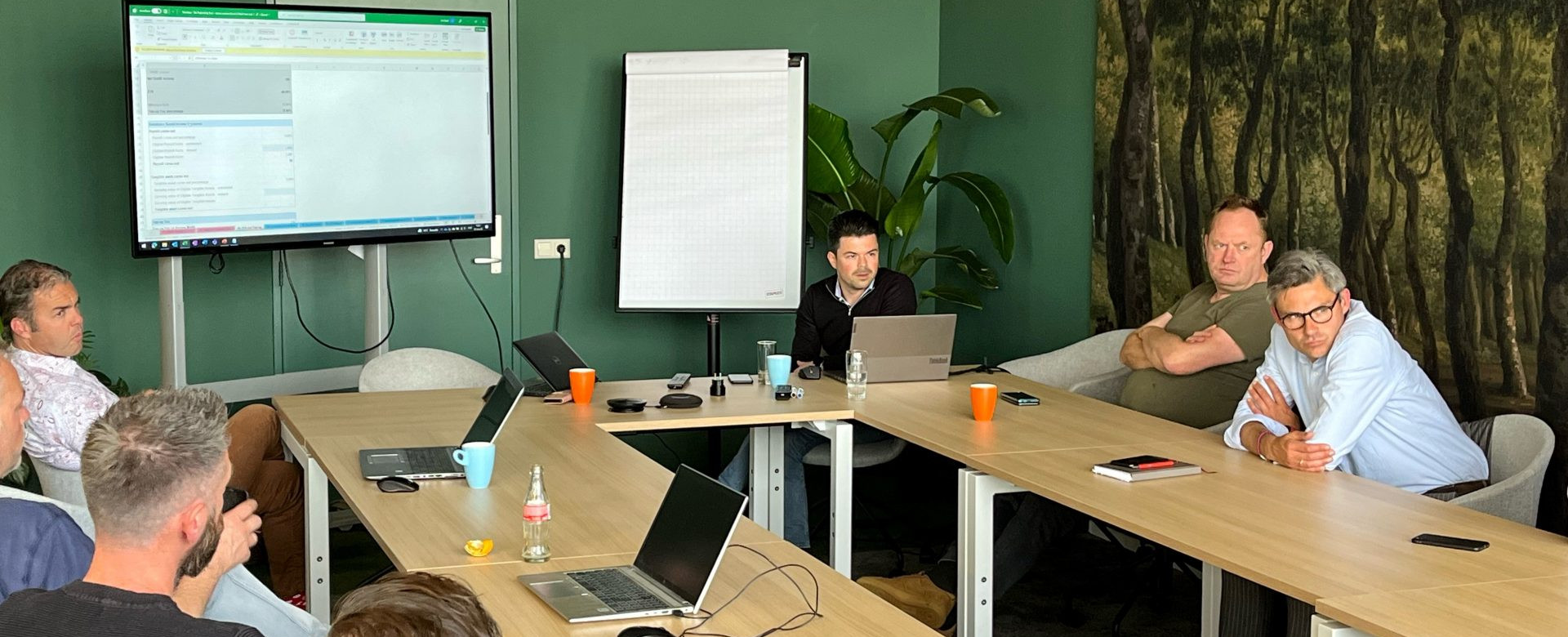From pillar to post: practical concerns on Pillar Two
Pillar Two tries to end the race to the bottom for tax rates between countries by establishing a global minimum corporate income tax rate of 15% for large multinationals. While the exact rules are not yet fully agreed upon, the European Union aims to implement them swiftly. The new rules have a substantial impact on compliance requirements, affect existing processes and require changes to current (software) solutions.

On 1 June 2022 Taxvibes invited tax experts from a wide range of multinationals to participate in a round table meeting on Pillar Two in The Hague. In this article the key takeaways of the meeting are presented.
Taxvibes Pillar Two Round Table
Below is an overview of the key takeaways discussed during the round table held on June 2022 by Taxvibes in The Hague.
Tight deadlines for getting software solutions ready
While the implementation date is currently still unclear, the European Union aims at a swift implementation of the Pillar Two rules. Individual jurisdictions can also decide to implement the rules earlier than the global rollout, requiring multinationals to be compliant sooner than expected. With considerable changes required to existing processes and software solutions it is imperative to start getting ready for the new rules sooner rather than later.
Responsibilities
There seems to be no consensus on where responsibilities for Pillar Two rest. However it makes sense that local entities are involved in preparing the data. Technical activities like data collection and updating consolidation software are best managed centrally by the consolidation department in cooperation with the tax (accounting) department. The latter are also best equipped to review the data and take care of the country adjustments.
Reporting timeline
During closing periods deadlines are already tight. Additional data requirements bring extra challenges. The possibility to manage the Pillar Two process is heavily dependent on the availability of the required data. An important question is how the additional calculations fit within existing processes.
Consolidation
Pillar Two requires information on a country level. To retrieve the correct data from the available systems, it might be required to adjust the setup of the existing hierarchy. For example, some companies have their consolidation per activity or business unit and a detailed split per country is not readily available.
Extra GloBE layer
As Pillar Two calculations differ from accounting standards, provisioning and the tax return, it makes sense to set up an additional GloBE layer in the existing solutions. These changes might impact the system and therefore it is wise to assess this in a timely manner.
Opening balance impact
The opening balance impact to temporary differences in the first year require special attention in light of Pillar Two.
True-up process
The tax provision is usually corrected with true-ups after additional finetuning of the numbers (i.e. finalizing the annual report or the tax return). For Pillar Two additional calculations are made which can lead to another true-up.
Forecasting
For some organizations Pillar Two is also needed for forecasting. For example when using the Annualized Effective Tax Rate method or for budgeting purposes. As this has implications for the current process it is important to understand the reporting requirements.
Top-up tax process
A process should be set up for calculating top-up taxes per entity and jurisdiction and determining liabilities. Paying top-up taxes as a parent for an entity in a different jurisdiction might have a knock-on effect on additional recharges to the entities.
The Taxvibes Pillar Two model
To help tax professionals get ready for the new regulations we developed a Pillar Two model. Our model leverages information already available within organizations to minimize extra work. Our model can be used as a standalone solution, in specific software or it can be built into existing EPM solutions.
More cases & news

The Taxvibes Pillar Two model
Starting 1 January 2023 multinationals are required to make all new calculations for Pillar Two. This ambitious timeline for implementation combined with new complex calculations require companies to take quick action. We developed a Pillar Two model to make the calculations and assess the impact of the new rules.

